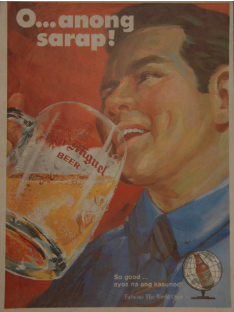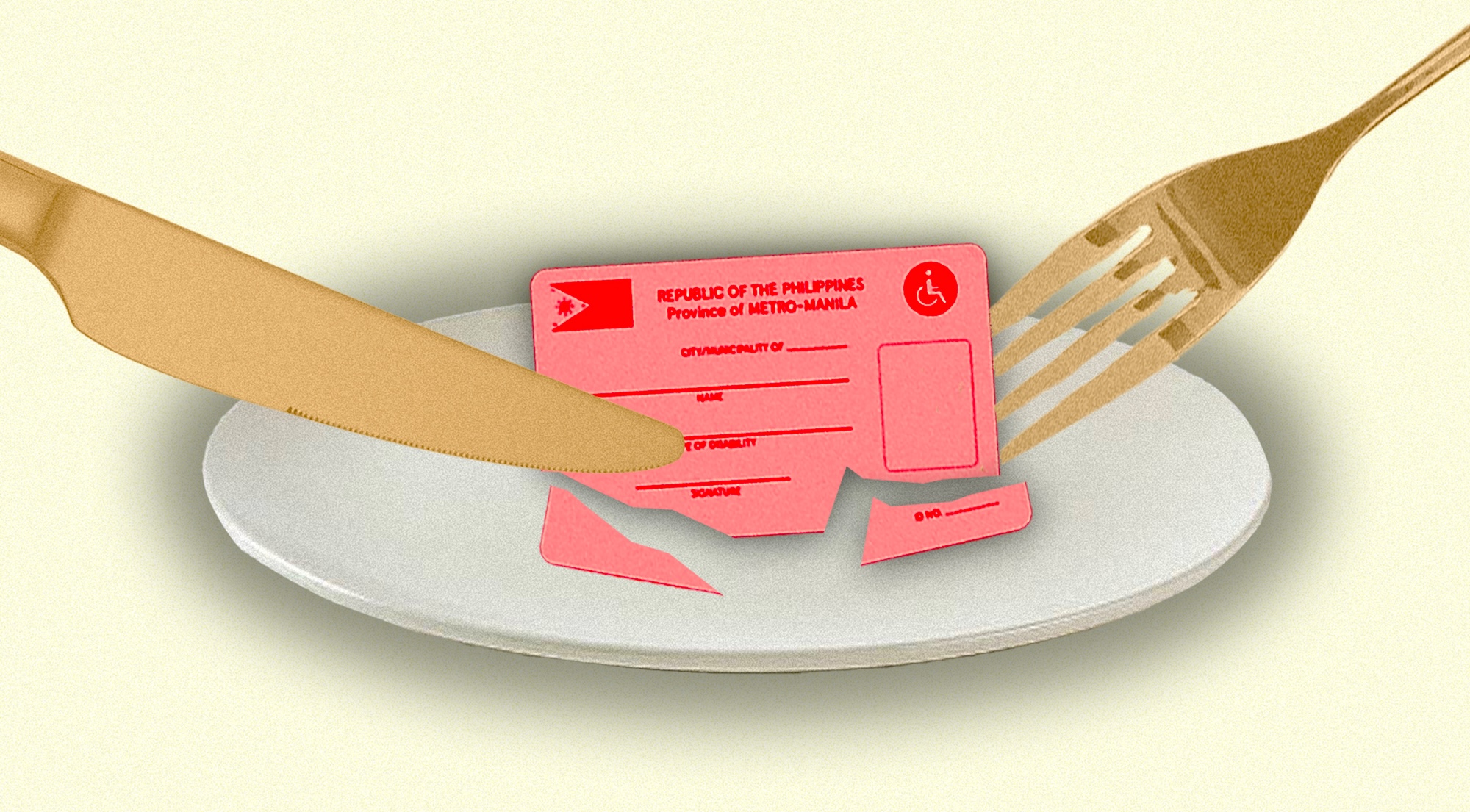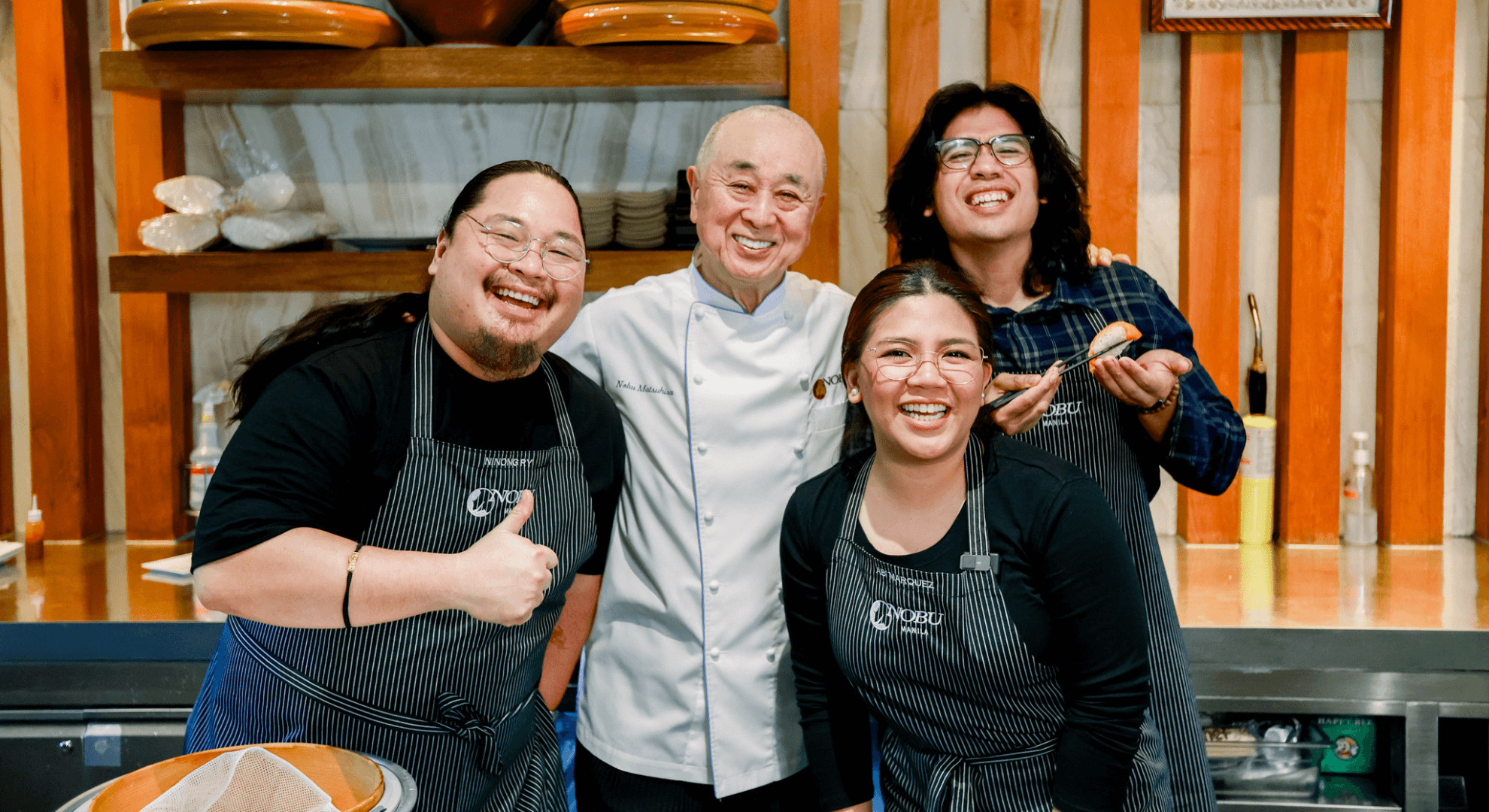It has become a quintessential part of Filipino culture.
No other iconic brand can perhaps lay claim to being as deeply entrenched in the Philippines’ rich history and heritage than San Miguel Pale Pilsen.
For over a century, the happy unspoken language of beer has hatched many significant bonds among Filipino families and their loved ones, among partners and spouses, and even friends and colleagues, as this flagship product of the San Miguel Brewery has always been perennially present in scores of occasions both here and abroad.
For many Filipinos, San Miguel Pale Pilsen has since been a constant companion, whether in celebrating triumphs and milestones during birthdays, weddings, or even community gatherings as a fiesta, or in sharing grief over common struggles and hardships.
As one loyal San Miguel beer drinker had put it: “San Miguel has been a constant companion for many Filipinos like myself. A bottle shared over great food and real, hearty conversations with my closest friends and loved ones is one way we celebrate our milestones.”
Not only has San Miguel Pale Pilsen been the Filipinos’ partner in their own personal journey, but it has become embedded in the country’s own history and traditions as well. The beer’s own changes over the past century seem to be intertwined with some of the Philippines’ most crucial turning points and milestones, from the time San Miguel Brewery was established by Don Enrique Barretto in the old walled City of Manila in 1890—which was also the year when the controversial Noli Me Tangere was published.
And in its 128 years, San Miguel Pale Pilsen has witnessed many such historical events as it, too, slowly underwent many developments and transformations as these:
In 1895, San Miguel Pale Pilsen was given the title “Pride of the Pacific” at the Philippine Regional Exposition, on the same year that the country had its first municipal election that changed the title of the town’s chief executive from gobernadorcillo to captain municipal.
In 1913, San Miguel started exporting to Hong Kong, Shanghai and Guam. While the brand was making a commercial deal with foreigners for its export business, the Philippines meanwhile succeeded in sealing another deal—a peace negotiation which ended a 14-year Moro Rebellion, an armed conflict between the Moro indigenous ethnic groups and the United States military.
When the Pacific War broke out in the 1940s, the Japanese military seized San Miguel Brewery and renamed it the Balintawak Beer Brewery. After the country’s liberation, San Miguel Brewery was taken back and San Miguel Beer was given away to victorious American and Filipino troops. It took them two weeks of revelry to consume the brew.
In 1967, the nation saw the beer’s first TV endorsers namely Pugo, Patsy, Babalu and Cachupoy for an ad that featured how it was “Great to relax” with San Miguel Pale Pilsen. This boom of the TV generation also reflected the nation’s pursuit of broader influence as the Philippines became one of the founding member economies of the Association of Southeast Asian Nations (ASEAN).
In 1973, San Miguel Pale Pilsen made history, then becoming a global brand while chalking up more than P1 billion in sales for the first time. History was also made on the sports front as the 1973 Asian Basketball Confederation Championship was held in Manila, in which the Philippines got a gold medal with a record of 10 wins and zero losses.
Indeed, much has changed from the time this modest enterprise started in the late 1800s, to not only becoming a significant growth driver and nation builder, but to being one of the world’s largest breweries operating both here and abroad.
Amid all these ongoing changes in the country’s history, San Miguel Pale Pilsen will continue to witness these historical milestones—from celebrations of triumphs and success and even through hardships that could never undermine the Filipino spirit.
ADVT












































